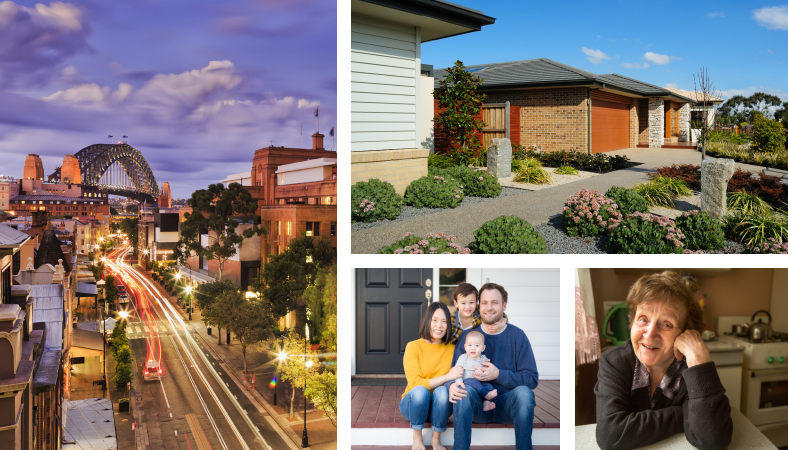Unless their health declines, older Australians who own their homes don’t give downsizing even a second’s thought.
New research by the Australian Housing and Urban Research Institute (AHURI) confirms what we already knew: around 65 per cent of home owners aged 65–74 in 2001 were still living in their original residence in 2016.
The AHURI research found that:
• Home owners that do move, usually do so because of key life events such as ill health or death of a partner.
• Older renters are more likely to move; less than half of those renting in 2001 were living in the same dwelling in 2016
The research, Moving, downsizing and housing equity consumption choices of older Australians, undertaken for AHURI by researchers from the University of Sydney, examines the housing decisions of Australians aged over 55 to understand who downsizes or moves, and why.
“Our research shows that older, home owning Australians are generally reluctant to downsize or to spend their housing wealth over the course of their retirement,’’ says the lead researcher, associate professor Stephen Whelan from the University of Sydney.
“When such transitions do occur, they tend to be associated with key life events that are not induced by or associated with [government] policy settings; for example, health shocks that require a move into aged care; retiring from the workforce or the death of a partner,’’ he says.

The impact of health reasons on movement patterns is seen in the fact that, in 2016, by the time they were over 80 years, 12.26 per cent of Australians were living in a nursing home, up from just 2.92 per cent of those aged 75–80.
Of home owners who were aged between 65 and 74 in 2001, around 65 per cent were still living in the same home in 2016, and even for those aged over 75 years in 2001, more than half remained in their original residence 15 years later.
Indeed, in 2016, 64 per cent of householders aged over 80 still lived in a home that they owned outright or were paying a mortgage for.
Amongst those home owners who had moved, very few individuals (only around 10 per cent) of those aged under 75 years in 2001 downsized from owner-occupation into a rental property, while the rate was slightly higher among those aged over 75 years at around 20 per cent.
Over the same time period, a small group of home owners (less than 20 percent of homeowners, depending on age) had downsized by buying another, less expensive owner-occupied dwelling.
The report finds that for older Australians renting in the private sector the situation is quite different.
“Older renters, of course, have no housing equity to ‘sell’, and instead have much higher movement rates,’’ says Whelan.
“Less than half of those renting a home in 2001 remained in that same dwelling in 2016, and only around one third of renters aged over 75 in 2001 were in the same dwelling 15 years later.’’
The research also shows that, to date, “younger” older Australians (those aged 55 to 64) are about as likely to be home owners as their older counterparts at retirement.
However, these younger cohorts are less likely to own their home outright and have less equity in their home.
This has implications for the financial choices and resources available for older Australians at retirement and beyond.
Indeed, retiring with an outstanding mortgage has the potential to create a significant drain on income streams (such as superannuation or the age pension) that could otherwise be used for non-housing consumption, such as health costs.
